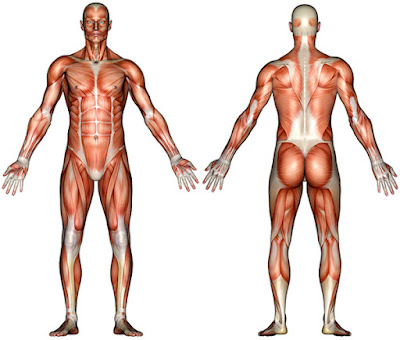Diseases:
- Arthritis: Is inflammation of the joints and affects principalmentee to mobile joints. There are two possible ways:
Osteoarthritis: Is the wear of the bones and joints as time passes.
If a person is obese you can accelerate osteoarthritis. Over time the tissues that help move joints and wear rompern causing bone spurs, joint space narrowing, inflammation and pain.
Autoimmune arthritis: This occurs when the body attacks itself and damages articualciones causing severe joint destruction and chronic weakness.


- Osteoporosis: Age, hormone status and balanced diet are importantespara prevent osteoporosis.
The bones become weak and the progression, are more prone to fracture.
- Rickets / osteomalacia: It is more efectados in adults caused by lack of calcium, vitamin D and phosphate. The bones soften and become weaker lose its normal shape.
Webgraphy:
http://www.newhealthguide.org/Skeletal-System-Diseases.html
http://www.newhealthadvisor.com/Skeletal-System-Organs.html
http://www.healthline.com/health/rickets#Visióndeconjunto1


















































